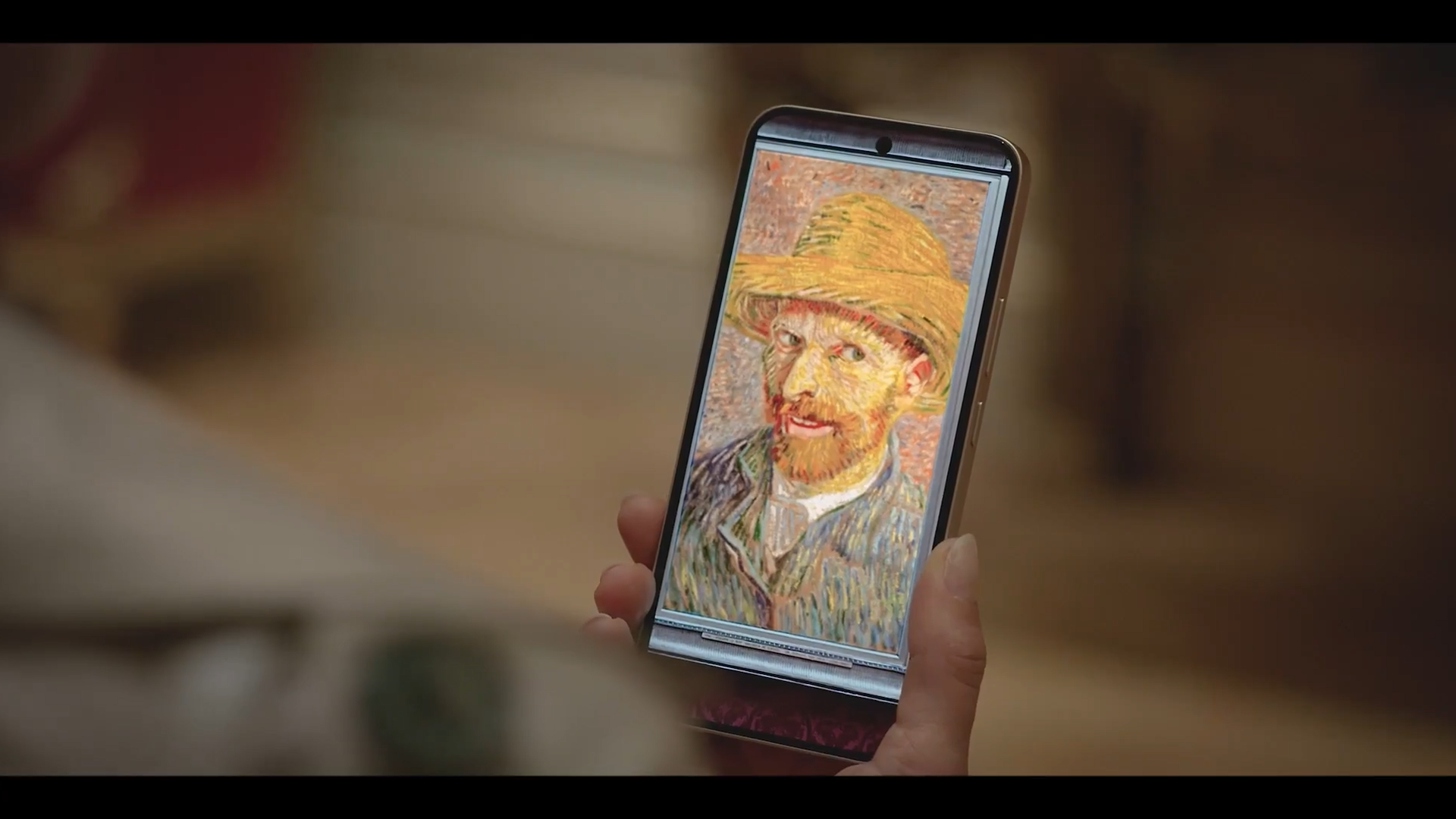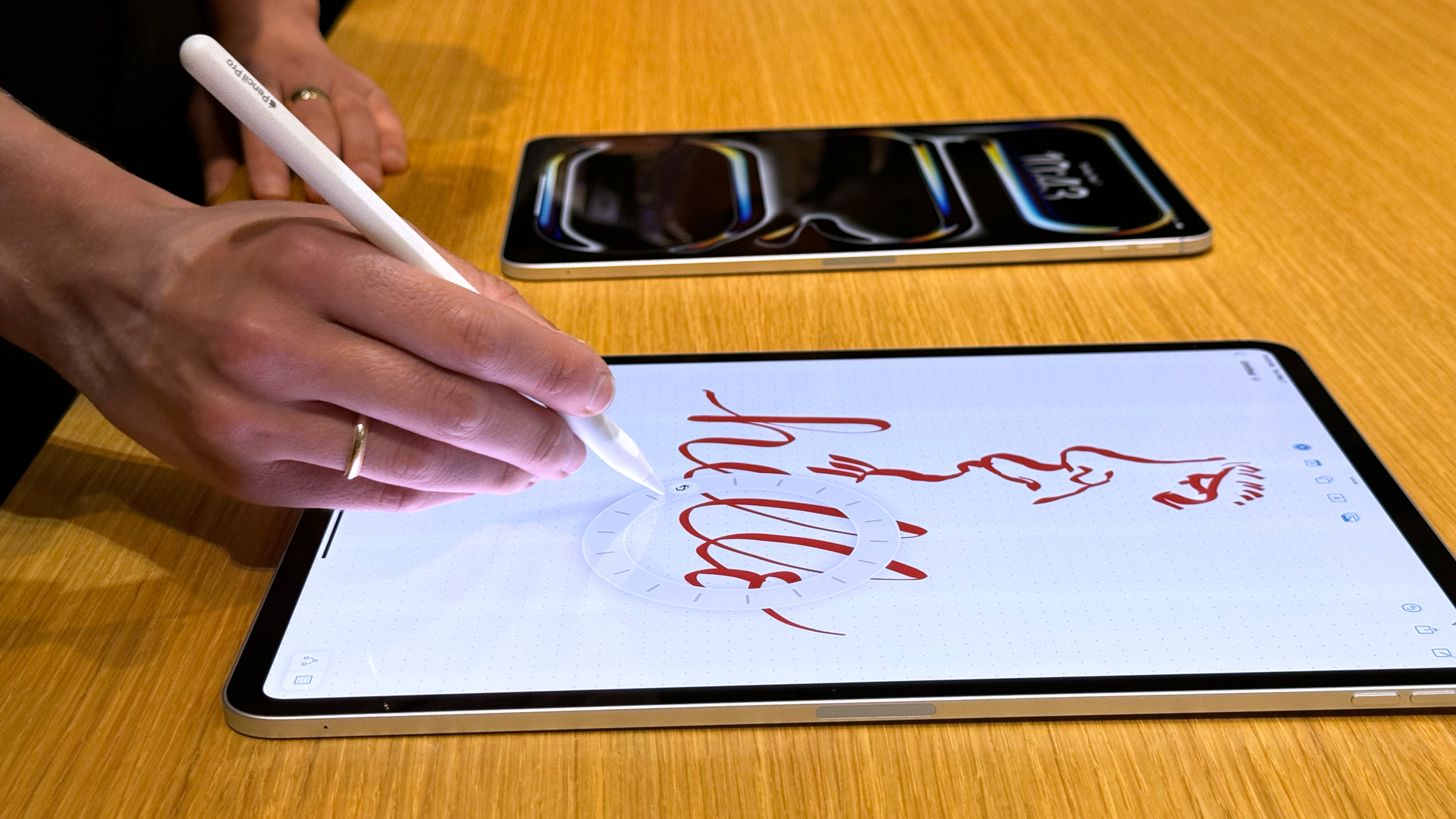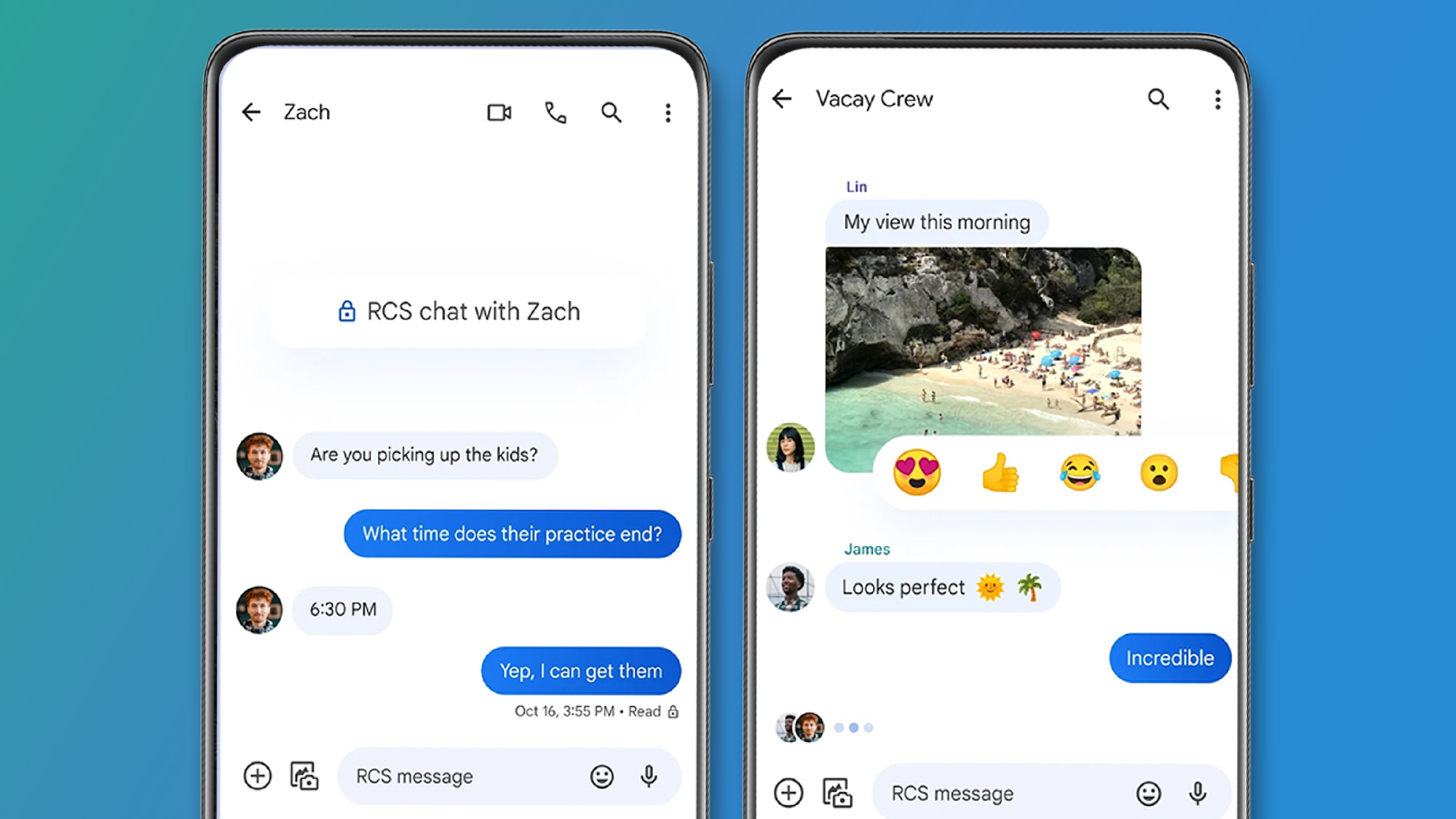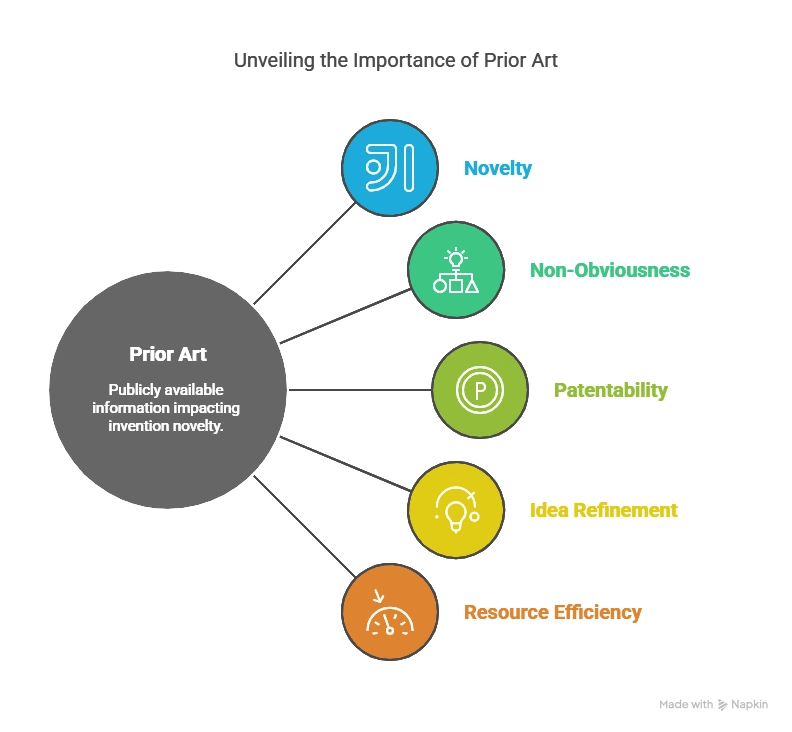How to Find Prior Art for a Patent: Creative Search Methods
Introduction When you're ready to file a patent, one of the most crucial steps is ensuring your invention is unique. This is where prior art comes into play. Prior art encompasses everything that has been publicly disclosed about an invention before your filing date. Finding it can be challenging, especially when relying solely on traditional patent databases. In this article, we'll explore how to find prior art for a patent through creative and unconventional methods that go beyond the basics. Whether you're an independent inventor, a patent professional, or an IP researcher, this guide offers actionable insights to strengthen your patent search. The Importance of Prior Art in Patentability Why Prior Art Matters When preparing to file a patent, understanding prior art is essential. Prior art refers to all publicly available information related to your invention that could impact its novelty and non-obviousness—two critical criteria for patentability. If similar technology already exists, your invention might not qualify for a patent. For independent inventors and entrepreneurs, conducting a thorough prior art search ensures that your idea is truly original. If you discover similar inventions during the search, you can refine your idea to make it more unique. This helps avoid wasted time and resources and increases your chances of receiving patent protection. Case Study: The Significance of Prior Art Consider a software company that developed a new data compression algorithm. Before filing their patent, they conducted an extensive prior art search and discovered an almost identical algorithm in an academic paper. By modifying their algorithm based on that prior art, they were able to secure a patent with unique features that made it stand out. Beyond Traditional Sources While patent databases like the USPTO are essential, prior art can be found in many places beyond these databases. Non-patent literature (NPL), including academic papers, books, and online articles, can be equally important. For instance, trade shows, product brochures, and technical blog posts can serve as valuable sources of prior art that might not be covered in patent databases. Limitations of Traditional Patent Databases Narrow Focus of Patent Databases Traditional patent databases, such as the USPTO, EPO, and WIPO, are an excellent starting point for patent searches. However, they often only include formal patents or pending applications. This leaves out a significant amount of potential prior art, including: Technical documentation not covered by patents Public disclosures that have not been patented Obsolete patents that no longer offer relevant prior art Creative Methods for Comprehensive Searches To gain a full picture of prior art, expanding your search beyond patent databases is critical. By considering alternative sources of prior art, you can ensure your invention is truly novel and avoid overlooking valuable information. Creative Methods to Uncover Prior Art 1. Academic Journals and Research Papers Academic journals are often where new technological advancements are first documented before they are patented. Many inventions and innovations that are never patented still appear in academic literature. Searching platforms like Google Scholar, IEEE Xplore, or JSTOR can uncover these valuable references. 2. Non-Patent Literature (NPL) Non-patent literature can include whitepapers, conference papers, product manuals, and more. These documents often contain detailed descriptions of inventions or technologies that were never patented. Searching libraries, websites, and archives that host NPL is a great way to find prior art that isn’t readily available in patent databases. 3. Social Media and Online Communities Social media platforms like Twitter, LinkedIn, and niche forums such as Reddit can be gold mines for discovering ideas and technologies that haven’t been patented. Many inventors or early adopters discuss new inventions publicly before filing patents. 4. Product Demonstrations and Trade Shows Trade shows, product demonstrations, and industry expos can reveal new products and technologies that haven't yet been patented. These events often showcase cutting-edge innovations and provide first-hand insight into emerging technologies. 5. Utilizing AI Tools for Advanced Search AI-driven platforms like PQAI and The Lens use advanced algorithms to analyze vast amounts of data quickly and accurately. These tools can help uncover related prior art that might be missed by traditional search methods, improving the comprehensiveness of your search. Best Practices for Conducting a Thorough Prior Art Search 1. Start Early and Stay Organized Start your prior art search as early as possible, and keep detailed records of where you’ve searched and what

Introduction
When you're ready to file a patent, one of the most crucial steps is ensuring your invention is unique. This is where prior art comes into play. Prior art encompasses everything that has been publicly disclosed about an invention before your filing date. Finding it can be challenging, especially when relying solely on traditional patent databases. In this article, we'll explore how to find prior art for a patent through creative and unconventional methods that go beyond the basics. Whether you're an independent inventor, a patent professional, or an IP researcher, this guide offers actionable insights to strengthen your patent search.
The Importance of Prior Art in Patentability
Why Prior Art Matters
When preparing to file a patent, understanding prior art is essential. Prior art refers to all publicly available information related to your invention that could impact its novelty and non-obviousness—two critical criteria for patentability. If similar technology already exists, your invention might not qualify for a patent.
For independent inventors and entrepreneurs, conducting a thorough prior art search ensures that your idea is truly original. If you discover similar inventions during the search, you can refine your idea to make it more unique. This helps avoid wasted time and resources and increases your chances of receiving patent protection.
Case Study: The Significance of Prior Art
Consider a software company that developed a new data compression algorithm. Before filing their patent, they conducted an extensive prior art search and discovered an almost identical algorithm in an academic paper. By modifying their algorithm based on that prior art, they were able to secure a patent with unique features that made it stand out.
Beyond Traditional Sources
While patent databases like the USPTO are essential, prior art can be found in many places beyond these databases. Non-patent literature (NPL), including academic papers, books, and online articles, can be equally important. For instance, trade shows, product brochures, and technical blog posts can serve as valuable sources of prior art that might not be covered in patent databases.
Limitations of Traditional Patent Databases
Narrow Focus of Patent Databases
Traditional patent databases, such as the USPTO, EPO, and WIPO, are an excellent starting point for patent searches. However, they often only include formal patents or pending applications. This leaves out a significant amount of potential prior art, including:
- Technical documentation not covered by patents
- Public disclosures that have not been patented
- Obsolete patents that no longer offer relevant prior art
Creative Methods for Comprehensive Searches
To gain a full picture of prior art, expanding your search beyond patent databases is critical. By considering alternative sources of prior art, you can ensure your invention is truly novel and avoid overlooking valuable information.
Creative Methods to Uncover Prior Art
1. Academic Journals and Research Papers
Academic journals are often where new technological advancements are first documented before they are patented. Many inventions and innovations that are never patented still appear in academic literature. Searching platforms like Google Scholar, IEEE Xplore, or JSTOR can uncover these valuable references.
2. Non-Patent Literature (NPL)
Non-patent literature can include whitepapers, conference papers, product manuals, and more. These documents often contain detailed descriptions of inventions or technologies that were never patented. Searching libraries, websites, and archives that host NPL is a great way to find prior art that isn’t readily available in patent databases.
3. Social Media and Online Communities
Social media platforms like Twitter, LinkedIn, and niche forums such as Reddit can be gold mines for discovering ideas and technologies that haven’t been patented. Many inventors or early adopters discuss new inventions publicly before filing patents.
4. Product Demonstrations and Trade Shows
Trade shows, product demonstrations, and industry expos can reveal new products and technologies that haven't yet been patented. These events often showcase cutting-edge innovations and provide first-hand insight into emerging technologies.
5. Utilizing AI Tools for Advanced Search
AI-driven platforms like PQAI and The Lens use advanced algorithms to analyze vast amounts of data quickly and accurately. These tools can help uncover related prior art that might be missed by traditional search methods, improving the comprehensiveness of your search.
Best Practices for Conducting a Thorough Prior Art Search
1. Start Early and Stay Organized
Start your prior art search as early as possible, and keep detailed records of where you’ve searched and what you’ve found. This will help you avoid duplicating searches and ensure you don’t miss valuable information. Use tools like spreadsheets or patent search software to track your findings.
2. Expand Your Search to Global Sources
Don’t limit your search to U.S. patents. Other countries and regions have their own databases and publications that may contain relevant prior art. Consider using databases from organizations like the European Patent Office (EPO) or the Japan Patent Office (JPO) to broaden your search.
3. Leverage Legal and Technical Experts
If you're unfamiliar with searching for prior art, consider consulting a patent attorney or IP researcher. These professionals can help you navigate complex databases and identify non-traditional sources of prior art. Their expertise can help strengthen your application and avoid costly mistakes.
Quick Takeaways: How to Find Prior Art for a Patent
- Prior art is any publicly available information that can impact an invention’s patentability by affecting its novelty and non-obviousness.
- Traditional patent databases like USPTO, WIPO, and Google Patents are essential but often insufficient on their own.
- Creative search strategies—including product manuals, trade show materials, forums, blogs, and archived websites—can uncover non-obvious prior art often missed by standard tools.
- AI-driven tools and semantic search engines (like PQAI or The Lens) offer more intelligent ways to discover related innovations and technical disclosures.
- Non-patent literature (NPL), such as academic journals, whitepapers, and technical documentation, can be equally as impactful as filed patents.
- Global and multilingual searches are critical to avoid missing prior art disclosed in other countries or languages.
- Combining traditional and unconventional approaches offers the most comprehensive and defensible prior art search, protecting your innovation before you file.
Conclusion: Go Beyond Databases to Secure Your Innovation
Finding prior art is more than just a checkbox before filing a patent—it’s a strategic safeguard for your invention. Relying solely on traditional databases like USPTO or Google Patents can leave dangerous blind spots, especially when non-obvious or informal disclosures are hiding in plain sight across the web, trade shows, or technical documents.
As we’ve explored, knowing how to find prior art for a patent effectively means going well beyond conventional searches. From leveraging AI tools and semantic search engines to mining forums, archived web pages, and even YouTube product reviews, today's inventors and IP professionals need a broader, more creative toolkit. This not only strengthens your patent application but can also prevent costly rejections or legal disputes down the line.

















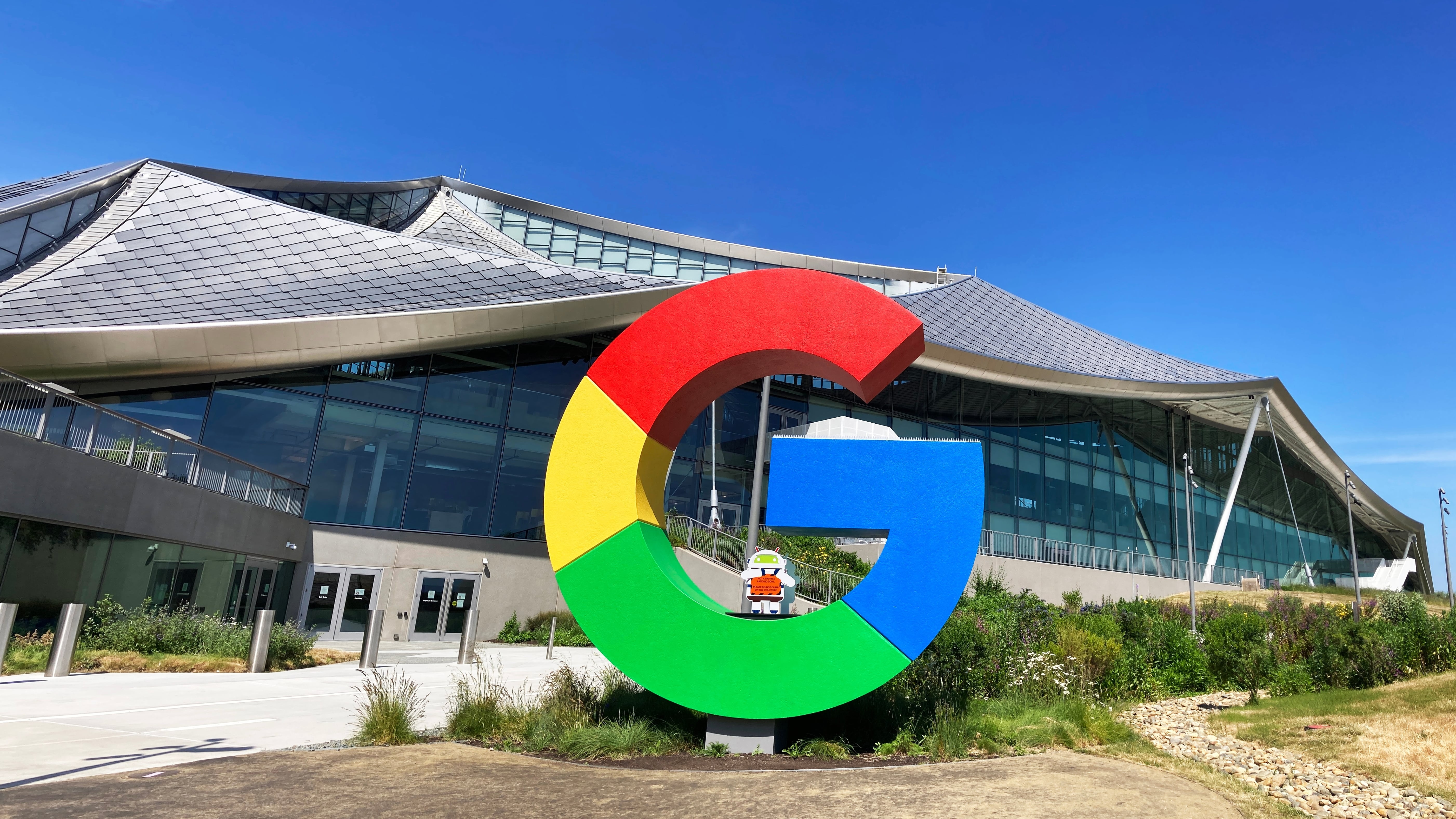




















































































































































![[The AI Show Episode 145]: OpenAI Releases o3 and o4-mini, AI Is Causing “Quiet Layoffs,” Executive Order on Youth AI Education & GPT-4o’s Controversial Update](https://www.marketingaiinstitute.com/hubfs/ep%20145%20cover.png)






























































































































![Ditching a Microsoft Job to Enter Startup Purgatory with Lonewolf Engineer Sam Crombie [Podcast #171]](https://cdn.hashnode.com/res/hashnode/image/upload/v1746753508177/0cd57f66-fdb0-4972-b285-1443a7db39fc.png?#)



















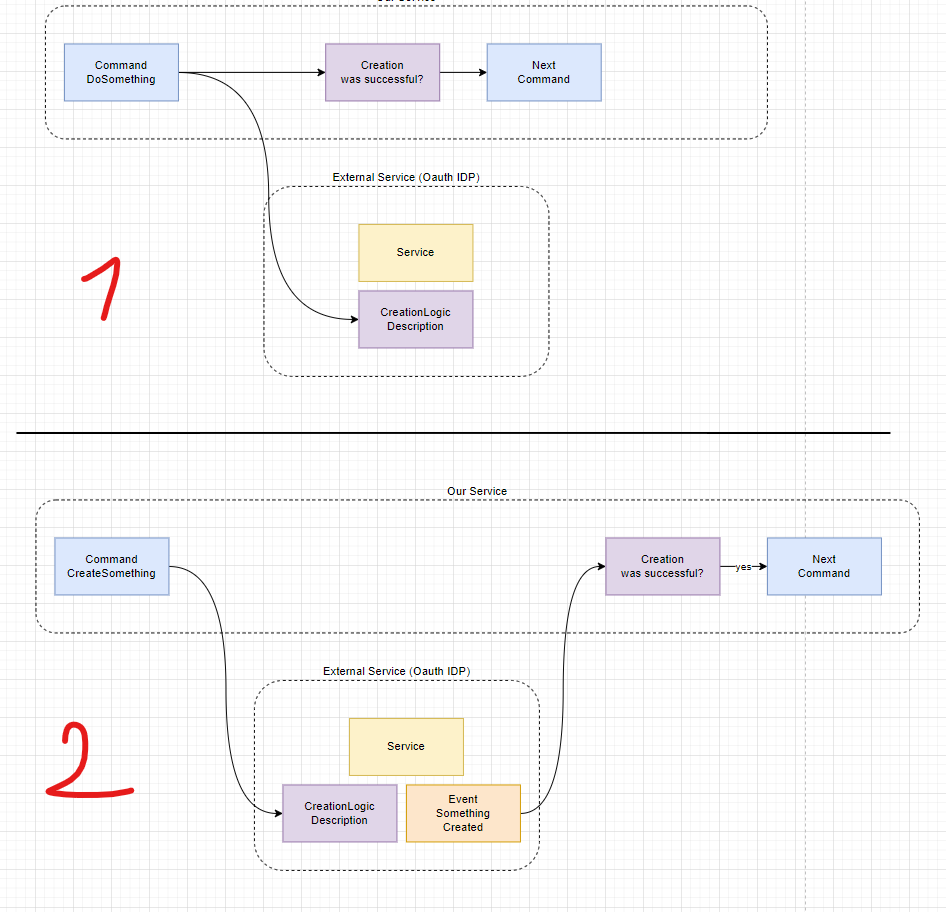






































































































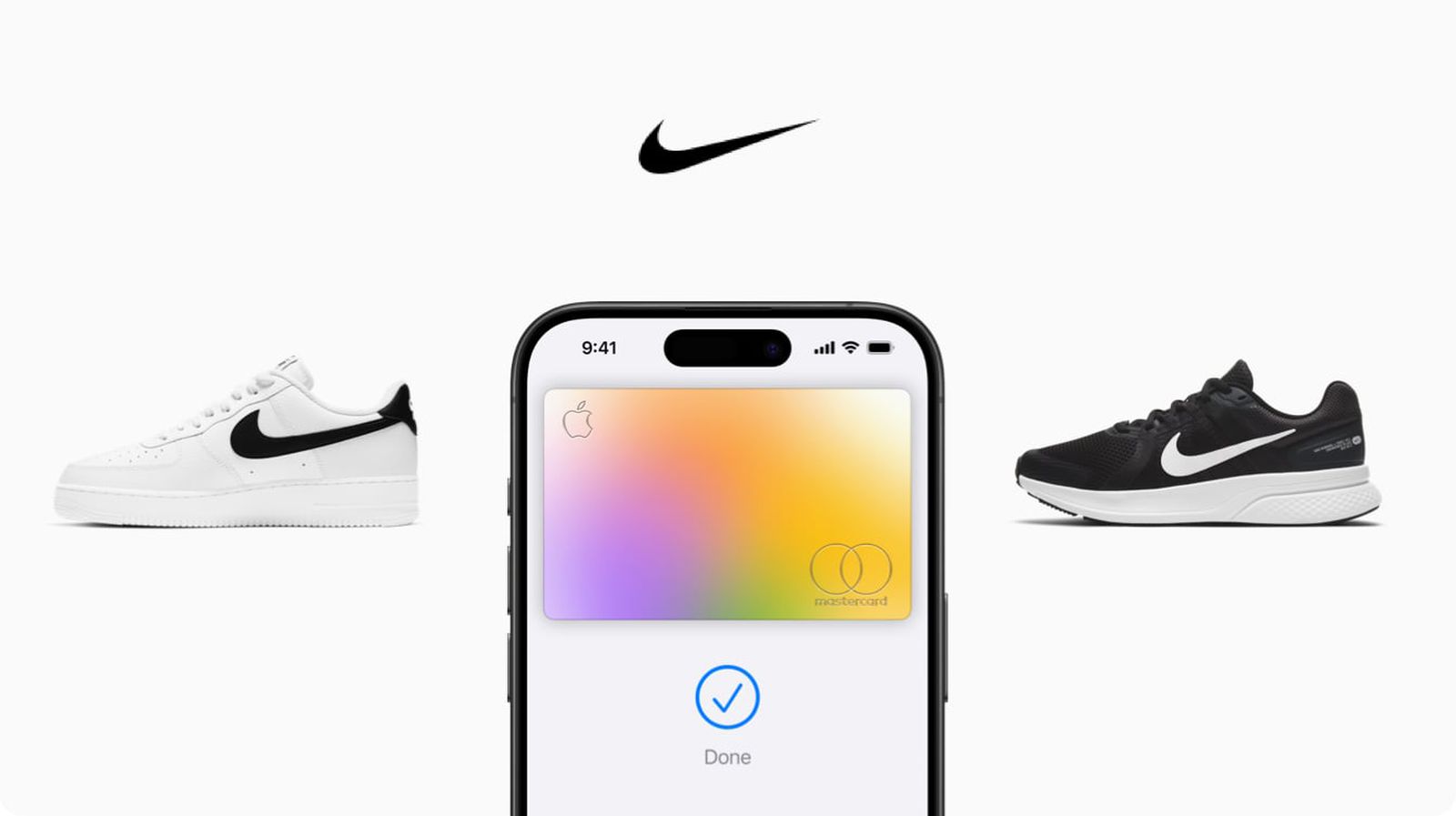










_Piotr_Adamowicz_Alamy.jpg?width=1280&auto=webp&quality=80&disable=upscale#)


























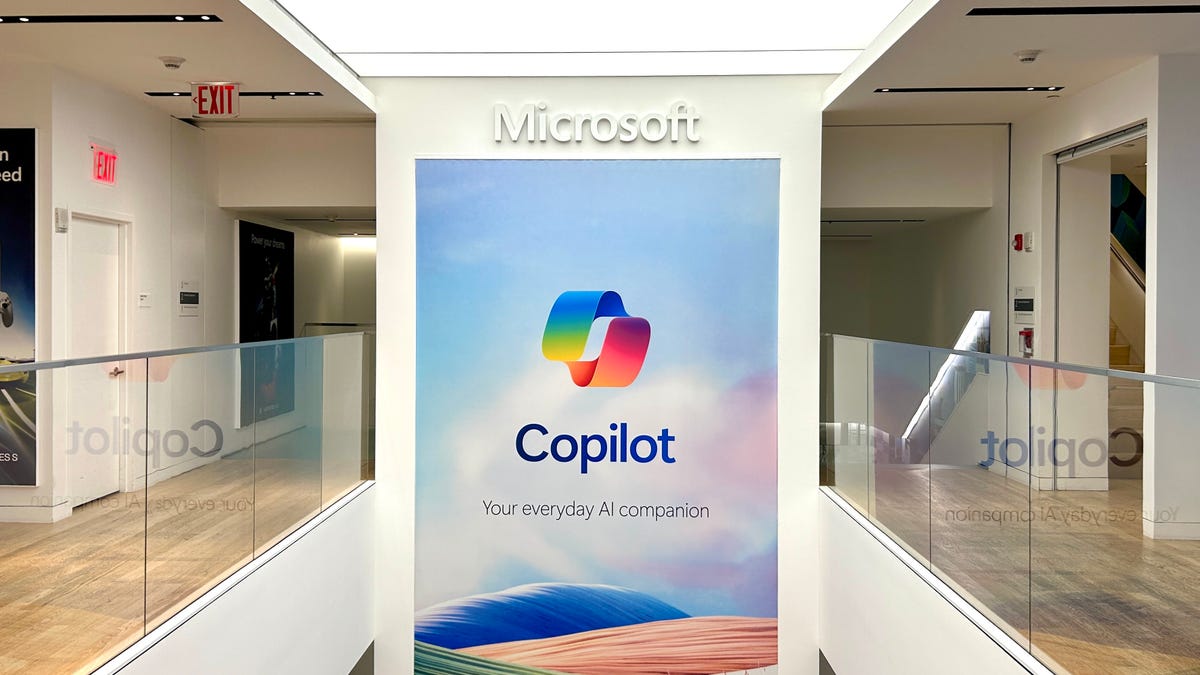












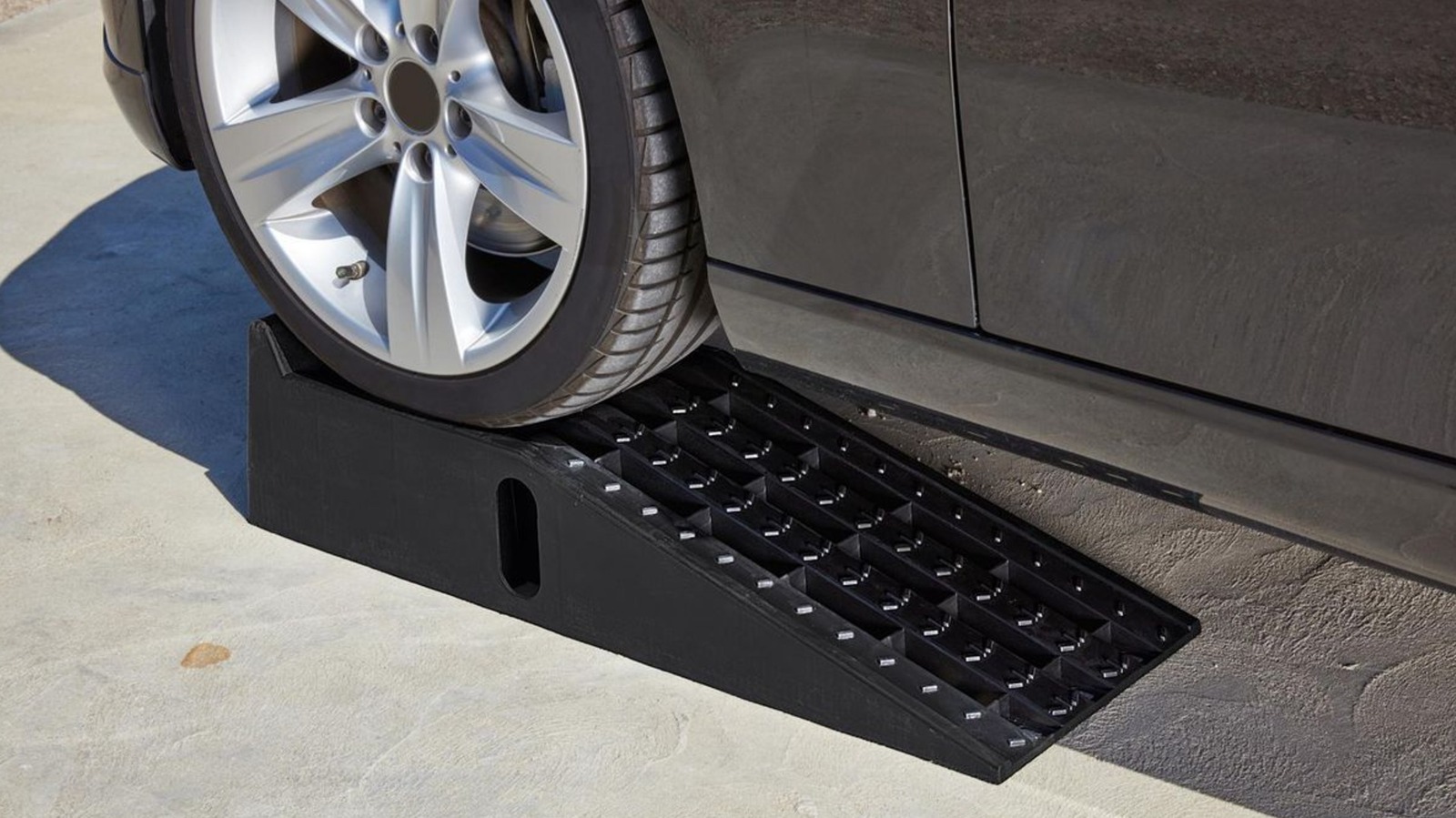








































-xl-xl-xl.jpg)
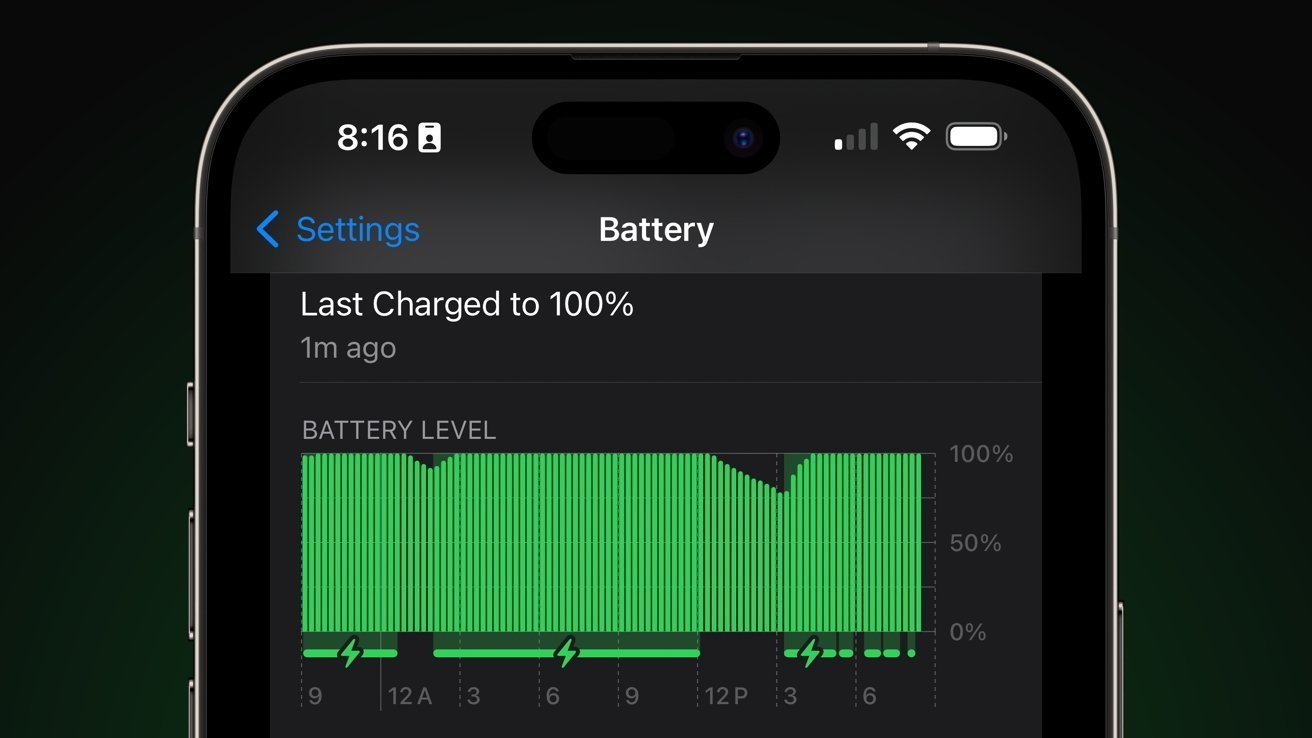





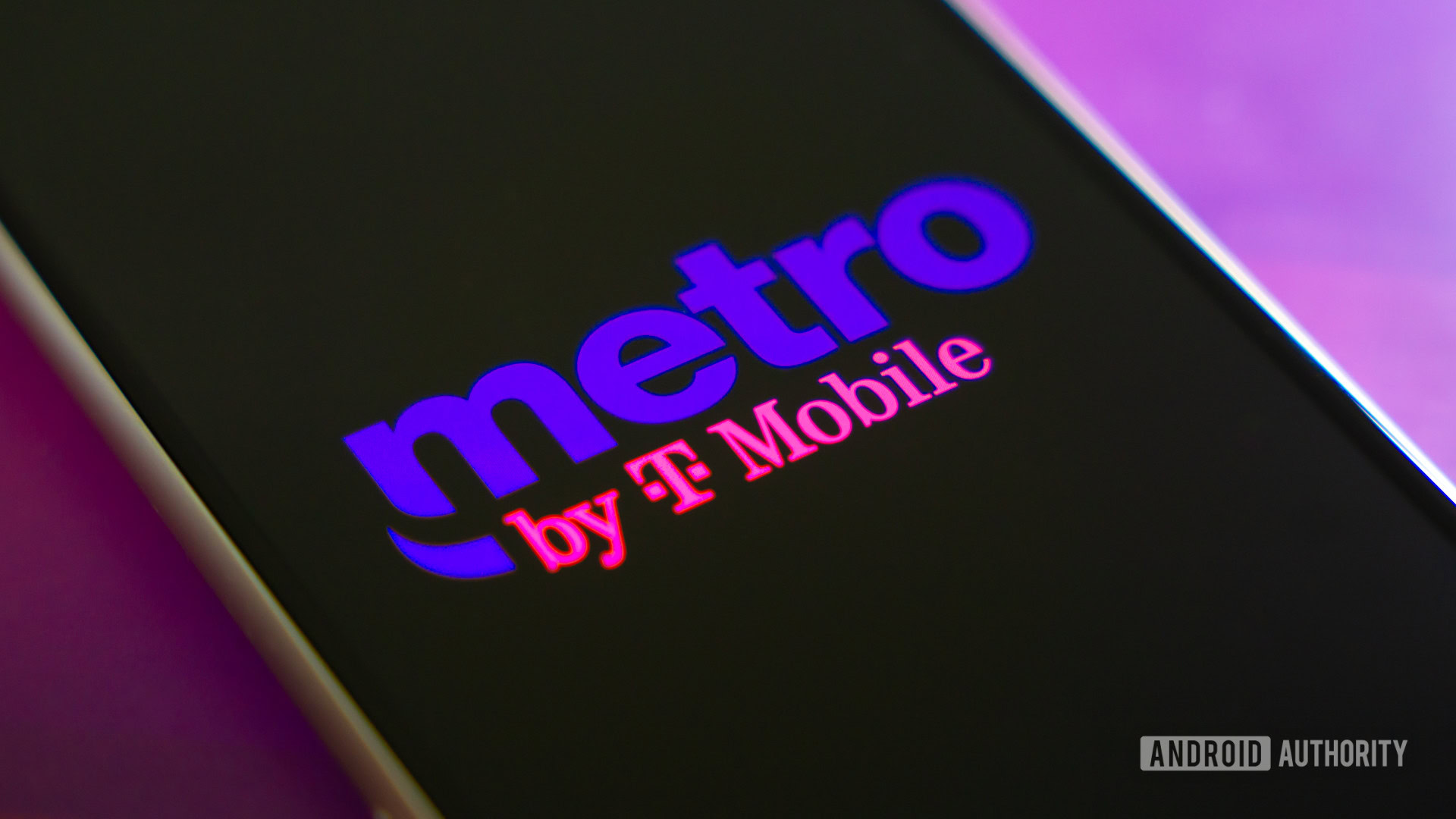






![Walmart’s $30 Google TV streamer is now in stores and it supports USB-C hubs [Video]](https://i0.wp.com/9to5google.com/wp-content/uploads/sites/4/2025/05/onn-4k-plus-store-reddit.jpg?resize=1200%2C628&quality=82&strip=all&ssl=1)













![Apple to Launch AI-Powered Battery Saver Mode in iOS 19 [Report]](https://www.iclarified.com/images/news/97309/97309/97309-1280.jpg)

![Apple Officially Releases macOS Sequoia 15.5 [Download]](https://www.iclarified.com/images/news/97308/97308/97308-640.jpg)
















